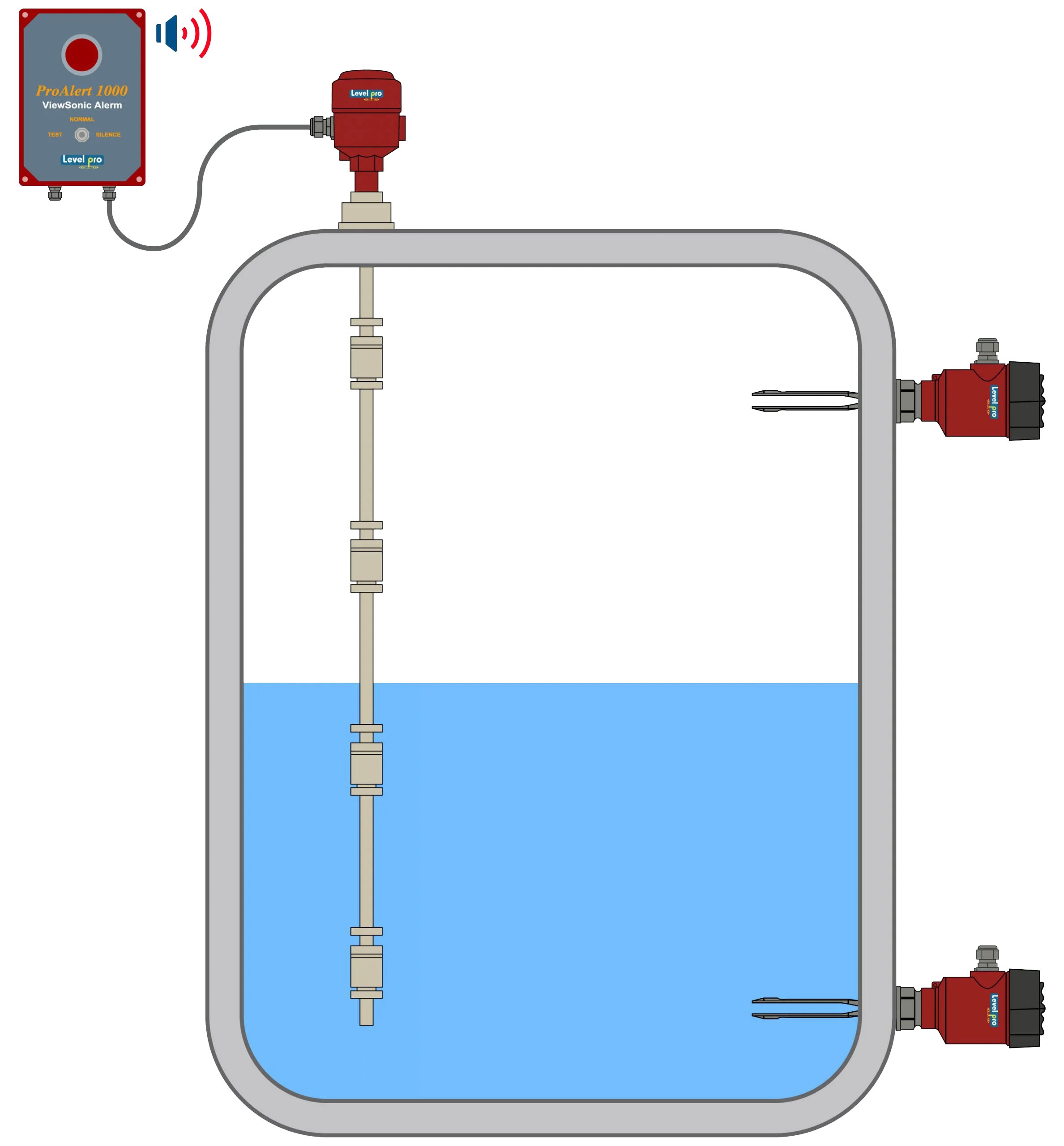What You Need to Know When Installing a Chemical Level Switch

The process of installing a chemical level sensor in a chemical tank needs meticulous preparation and attention to detail. The first step is to prepare the tank by properly cleaning and clearing it of any debris or foreign matter. Before installing the sensor, the tank should be inspected for leaks or damage that may need to be rectified.
The last step is to select the optimal sensor for the particular chemical and tank environment. Different sensors are designed to function with various substances and conditions. Submersible chemical level sensors are an excellent option for bulk chemicals since they may be completely submerged in liquid without being damaged. Typically, these sensors are manufactured from PVC, PP, PVDF, or stainless steel.
Once the proper sensor has been selected, it must be installed in the tank. This may necessitate drilling holes in the tank or affixing the sensor to an existing fitting. For reliable readings, the sensor must be positioned at the proper height and level. The selection of materials for the chemical level sensor also plays a significant role in its installation. For instance, sensors made of PVC or PP are simple to instal due to their small weight, whereas sensors made of PVDF or stainless steel may require more specialist installation equipment.
After mounting the sensor, it must be connected to a local or remote controller that will interpret the sensor’s output signal. Additionally, the sensor will need to be calibrated to provide reliable results. This may require altering the sensor’s sensitivity or making other necessary modifications. The sensor requires a power supply and signal output, with 4-20mA signal being the most common output. The signal output from the sensor is then connected to a local or remote controller, which may be used to monitor and manage the chemical tank level.
Finally, the sensor should be verified to confirm that it is generating correct data, and routine maintenance should be undertaken to keep it in good condition. This may require cleaning and inspecting the sensor for damage and wear. It is essential to adhere to the manufacturer’s installation and maintenance recommendations to ensure that the sensor is functioning properly and giving accurate and reliable data.
Learn more about chemical level switches
Please contact us to discuss your application


